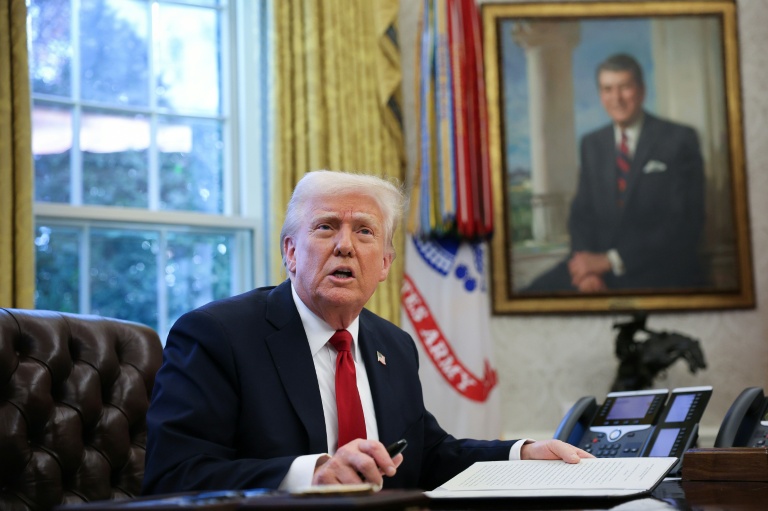(AFP) – The US labor market smashed expectations last month in a surprise hiring pick-up, government data showed Friday, with a resilient jobs market likely good news for President Joe Biden in election year.
The world’s biggest economy added 353,000 jobs in January, after December’s figure was significantly revised upwards to 333,000, said the Department of Labor.
The unemployment rate held steady at 3.7 percent for a third straight month — hovering under 4.0 percent for two years now — even though analysts cautioned the report also contained signs of weakness.
“It’s great news for working families that wages, wealth, and jobs are higher now than before the pandemic, and I won’t stop fighting to lower costs,” Biden said in a statement.
Despite positive data in recent months, the president has struggled to persuade voters over his handling of the economy as he campaigns for a second term in the White House.
Over the past year, a solid jobs market has helped to support consumer spending and in turn economic growth even as borrowing costs rose. The strong start this year signals that the labor market is set to continue bolstering the economy.
But the picture may be more complicated for the Federal Reserve, which has been working to lower stubborn inflation by lifting interest rates to ease demand.
Even though Fed Chair Jerome Powell told reporters this week that strong growth and a robust jobs market is not necessarily a problem for policymakers, persistently hot labor conditions muddle their battle against inflation.
– Broader gains –
An area of concern is wage gains, which risk nudging costs further up.
In January, wage increases failed to slow as anticipated, rising 0.6 percent from the prior month. From a year ago, average hourly earnings jumped 4.5 percent.
“The labor market’s still in really good shape,” said Ryan Sweet, chief US economist at Oxford Economics.
He added that the demand and supply of labor has continued to “normalize” without much pain for the broader economy.
The Fed “can’t declare victory yet, but it seems like they are still on the path towards softish type landing,” he told AFP.
An encouraging sign is that job gains in January covered a broader range of sectors. Professional and business services were among sectors seeing job increases, alongside health care and retail trade, said the Labor Department. But employment fell in mining, and the oil and gas extraction industry.
Previously, government hiring provided a bump but hiring in this sector does not depend on the economy’s health, noted Dan North, senior economist at Allianz Trade North America.
– Job cuts coming? –
And beneath the rosy figures are “concerning indicators of weakness,” said ZipRecruiter chief economist Julia Pollak in a note.
“Average weekly working hours dropped to the lowest level since the pandemic recession,” she said. The length of the work week plunged to 34.1 hours, the lowest since 2010 apart from during the pandemic.
“When consumer demand slackens, companies typically cut workers’ hours before cutting payrolls. Today’s work week reading flashes a warning sign for the economy that job cuts could be looming,” she said.
Meanwhile, existing efforts to cool the economy could still be rippling through sectors.
North of Allianz Trade warned the full effect of interest rate hikes takes “three to six quarters” to kick in. With the most recent hike seen in July, this period has not been reached.
“I think that there’s still ammunition that’s already been shot at inflation in the economy that hasn’t quite gotten there yet,” he told AFP.
In all, incoming data will keep the Fed from a March rate cut, said Mortgage Bankers Association chief economist Mike Fratantoni.
He added that Fed officials will likely wait until May to start lowering rates: “This certainly will depend on continuing declines in inflation between now and then.” – Beiyi SEOW




